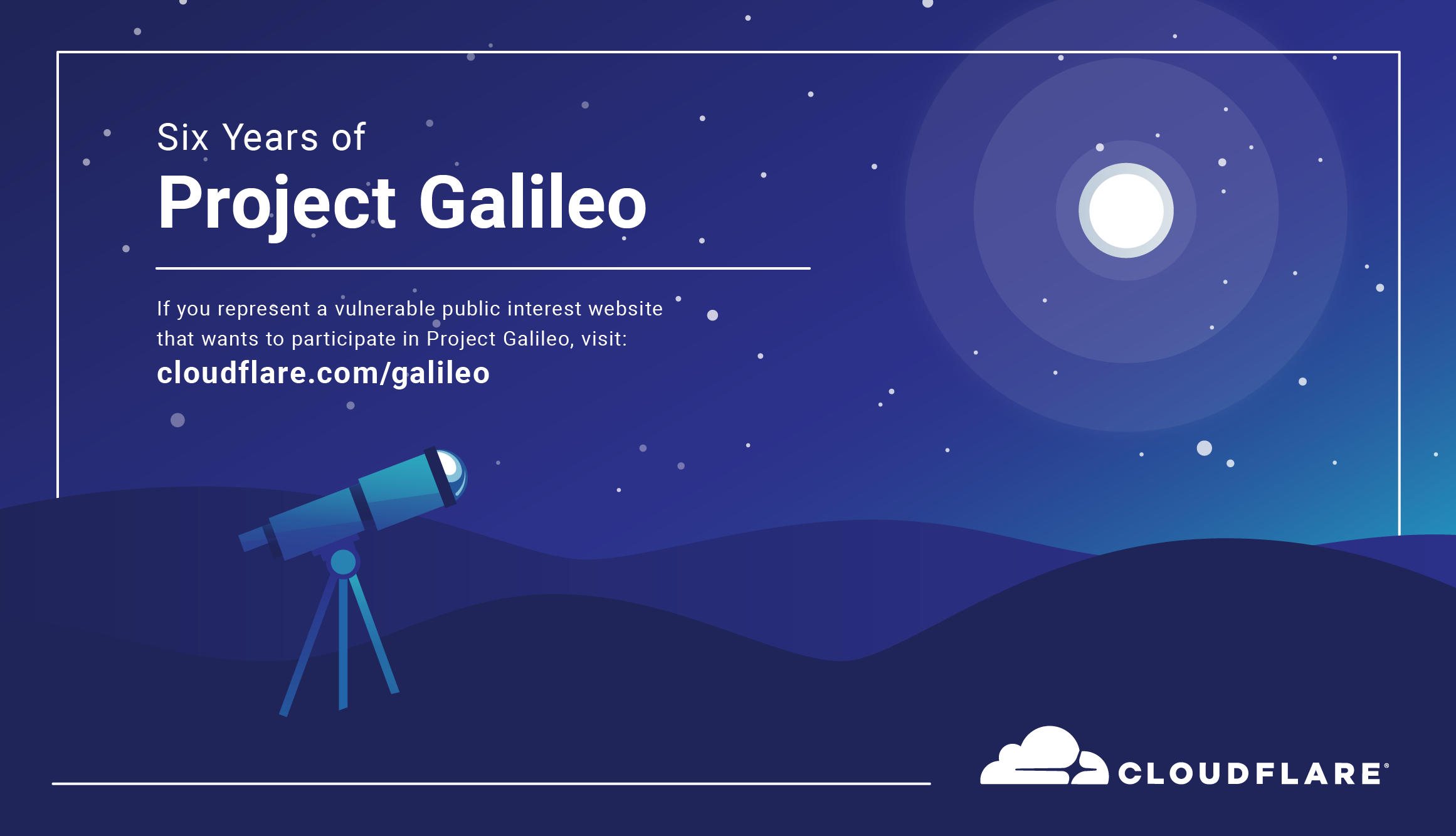GitLab Acquires Peach Tech and Fuzzit to Expand its DevSecOps Offering
GitLab has acquired Peach Tech, a security software firm specializing in protocol fuzz testing and...
GitLab has acquired Peach Tech, a security software firm specializing in protocol fuzz testing and...
Of those surveyed, 74% reported had deployed or plan to deploy SD-WAN to secure cloud workloads.
Cradlepoint announced that Rigado joined its Technology Alliance Partner program to build a Safe...
Sometimes, to get the proper perspective, you have to take the long view. …
Server Spending Measures Aspiration As Much As Oomph was written by Timothy Prickett Morgan at The Next Platform.
Amazon said it wouldn't sell facial recognition to police; Nokia mellowed its 5G outlook for 2020;...
Company President Brad Smith said it does not sell that technology today and is in favor of a...
Open RAN and the rise of 5G presents an opportunity for Juniper to play in a market it hasn’t...

The deal includes Google opening a new cloud region in Spain and Telefónica using Google Cloud’s...
The SD-branch capabilities will enable customers to remotely provision and manage branch...
When joining a development team, it takes some time to become productive. This is usually a combination of learning the code base and getting your environment setup. Often there will be an onboarding document of some sort for setting up your environment but in my experience, this is never up to date and you always have to ask someone for help with what tools are needed.
This problem continues as you spend more time in the team. You’ll find issues because the version of the tool you’re using is different to that used by someone on your team, or, worse, the CI. I’ve been on more than one team where “works on my machine” has been exclaimed or written in all caps on Slack and I’ve spent a lot of time debugging things on the CI which is incredibly painful.
Many people use Docker as a way to run application dependencies, like databases, while they’re developing locally and for containerizing their production applications. Docker is also a great tool for defining your development environment in code to ensure that your team members and the CI are all using the same set of tools.
We do a lot of Go development Continue reading
“We’ve advocated that governments should put in place stronger regulations to govern the...
In this week's IPv6 Buzz episode, Scott and Tom discuss applications and IPv6 with Dan York. They also talk to Dan about his role at the Internet Society and pro-IPv6 ISOC programs such as Deploy360 and Open Standards Everywhere.
The post IPv6 Buzz 053: Applications And IPv6 appeared first on Packet Pushers.
Today's Tech Byte episode, sponsored by Apstra, delves into solving common network problems with Intent-Based Networking (IBN), including how a customer used Apstra AOS to troubleshoot an EVPN issue. Our Apstra guests are Sean Hafeez, VP of Product Management; and Jeff Tantsura, Head of Networking Strategy.
The post Tech Bytes: Solving Common Network Issues With Apstra’s Intent-Based Networking (Sponsored) appeared first on Packet Pushers.


Consistent with our mission to “help build a better Internet,” Cloudflare believes that one of the most important roles for the Internet is to empower marginalized voices that may not be heard, or bring together oppressed groups of people that may otherwise find themselves isolated and alone. Six years ago, Cloudflare started Project Galileo to provide free services to vulnerable nonprofits, journalism and independent media voices online who might otherwise be in danger of being silenced by cyberattacks. Much has changed in the past couple of months as the COVID-19 pandemic has transformed the world while the United States faces a wave of protests addressing racial violence and inequality. These events have put further strain on vulnerable groups working in these spaces, and we have seen many organizations step up to ensure that those who are most affected by these circumstances are protected. At Cloudflare, we believe that protecting these groups from attack is essential to helping build a better Internet.
We are excited to mark the 6th anniversary of the project this month, and it is a good time for us to reflect, talk to participants, and see how the Project has grown and changed over the course of Continue reading
Regular readers of my blog probably remember the detailed explanations Erik Auerswald creates while solving hands-on exercises from our Networking in Public Cloud Deployments online course (previous ones: create a virtual network, deploy a web server).
This time he documented the process he went through to develop a Terraform configuration file that deploys full-blown AWS networking infrastructure (VPC, subnets, Internet gateway, route tables, security groups) and multiple servers include an SSH bastion host. You’ll also see what he found out when he used Elastic Network Interfaces (spoiler: routing on multi-interface hosts is tough).

What is our Open Standards Everywhere (OSE) project all about? How did it get started? What are the project goals? What are some of the challenges web server operators face? How can we work together to make web servers more secure and available?
Recently Russ White and his team interviewed me on The Hedge Podcast Episode 39 to discuss all these questions and much more. I’ve known Russ for a good number of years and it was fun to talk with him and his co-hosts Eyvonne Sharp and Tom Ammon about all things related to the OSE project. I hope you enjoy listening to the episode as much as we enjoyed having the conversation!
I would encourage you to listen to some of the other Hedge podcast episodes, too, as they have some great content. A few I personally enjoyed included: episode 37 about DNS privacy; episode 31 about network operator groups (NOGs); and episode 30 with Ethan Banks from the Packet Pushers Network about why understanding the fundamentals of networking is so important.
Thank you to Russ, Eyvonne, and Tom for having me on the show!
Want to be more involved Continue reading